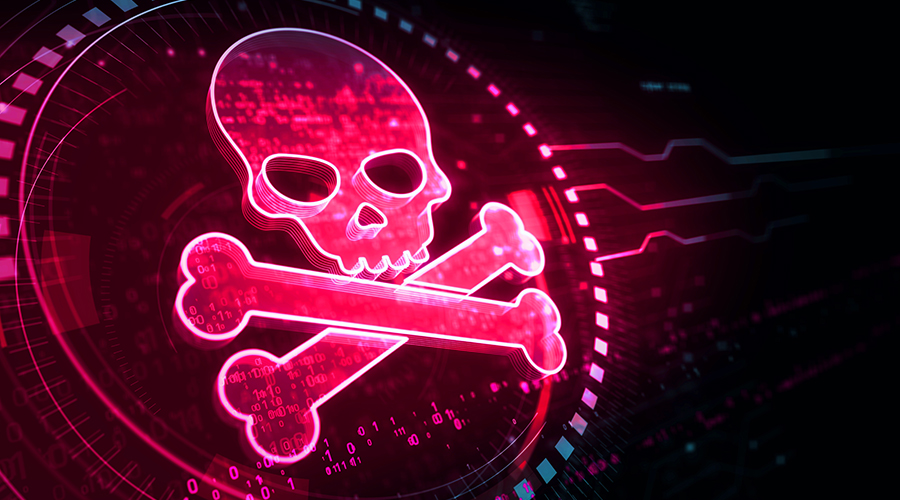Getting lost can be especially dangerous for dementia patients. A possible solution for this problem lies in the designs of the buildings they live in, according to an article on the Upworthy website.
Woodside Place, an assisted-living community in Pittsburgh, Pa., was specifically built and decorated to accommodate the natural wandering tendencies of people living with dementia.
Design decisions — like the use of color — help reinforce and strengthen the residents' spatial memory.
By making the space more colorful, Woodside provides a quick intuitive reminder for residents to identify where they are.

 A 'Superbug' Is on the Rise in Hospitals
A 'Superbug' Is on the Rise in Hospitals The Next Generation of Security Tech in Healthcare Facilities
The Next Generation of Security Tech in Healthcare Facilities Encompass Health Rehabilitation Hospital of St. Petersburg Opens
Encompass Health Rehabilitation Hospital of St. Petersburg Opens Why More Facilities are Adding Gender Neutral Restrooms
Why More Facilities are Adding Gender Neutral Restrooms Massachusetts Hospital Cyberattack Reflects Growing Vulnerability in Healthcare Systems
Massachusetts Hospital Cyberattack Reflects Growing Vulnerability in Healthcare Systems